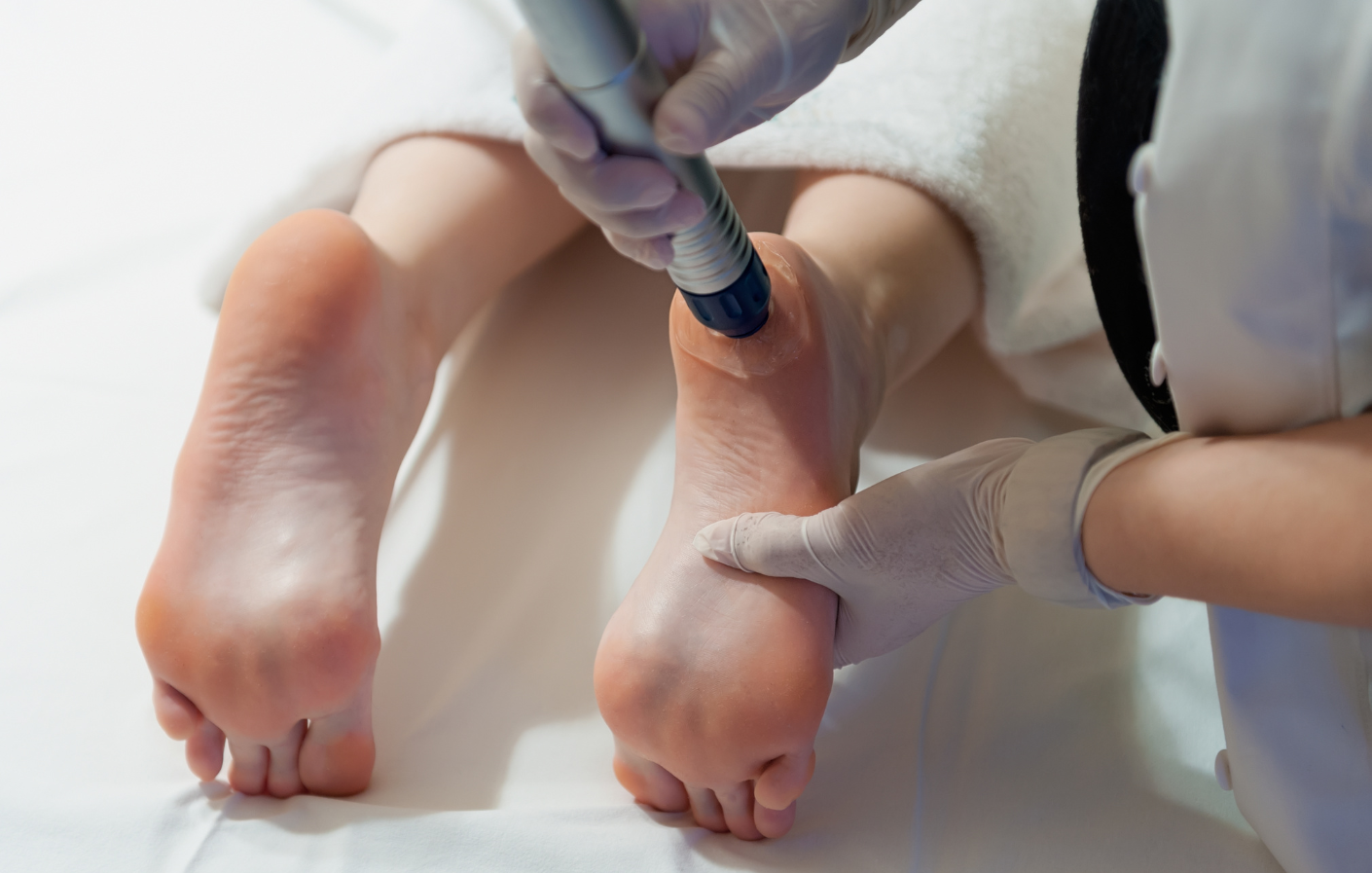


If you consider ingrown toenails to be the most debilitatingly painful problem given that it involves such a seemingly small nail, you’re not alone. These are the exact same thoughts shared by most people who come into our ingrown toenail clinic to have their ingrown nails professionally cared for – and often to get rid of them for good. But how do you know if your ingrown nail is fine to manage at home, or if you should come in for professional treatment?
First thing first: an ingrown toenail occurs when the edge of a toenail grows into the surrounding skin rather than over it. Think of a small but sharp dagger piercing through healthy skin and staying embedded there – it’s actually very similar! This can result in pain, redness, swelling, and potential infection. Ingrown toenails most commonly affect the big toe, but any toe can be affected.
To spot an ingrown toenail, look for:
If your ingrown toenail is mild, you may try managing your symptoms at home by:
While home care can help with mild cases, you should consult a podiatrist if you experience the following:
Final Tip
Ingrown toenails can be simple for a health professional to manage – but only if they have the right tools, experience and knowledge. As a clinic that sees ingrown toenails day in and day out, we have refined our protocols and processes to ensure you get the very best care for your ingrown nail every time.
Each person’s treatment plan is uniquely tailored to their symptoms and circumstances to help you get the best long-term results. Our podiatrists take the time to discuss every step of the process, alongside all of your treatment options, and are here to help you or your child have the very best experience with their toenail treatment. We’re based in Remuera, in the One Health medical building, close to Newmarket. Call us on 09 523 2333 or book online here.

We’ve welcomed the Nu-Tek low-level laser into our podiatry clinic. Here's how you tell if it could be the answer to your foot
pain.

Otherwise known as radial pressure wave therapy, shockwave therapy is a device held by our podiatrists and positioned against your foot or leg at the site of your injury.
Keeping your family on their feet and helping them to walk, run, play and exceed their goals is why we love getting up in the morning.
We're located inside the One Health medical centre at Building 122 Remuera Rd, Remuera, Auckland 1050, New Zealand
| MON - SAT | 8:30am – 6:00pm |
| SUN | Closed |
Make an Appointment
Online Schedule